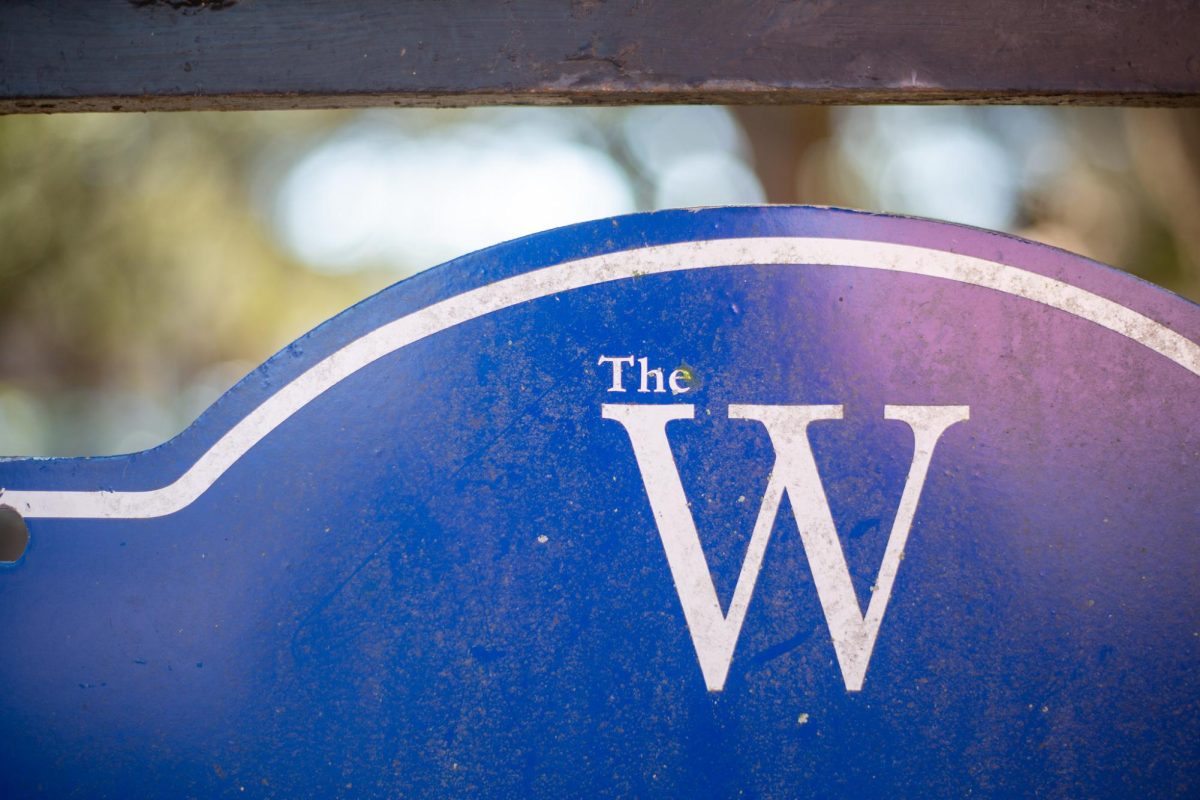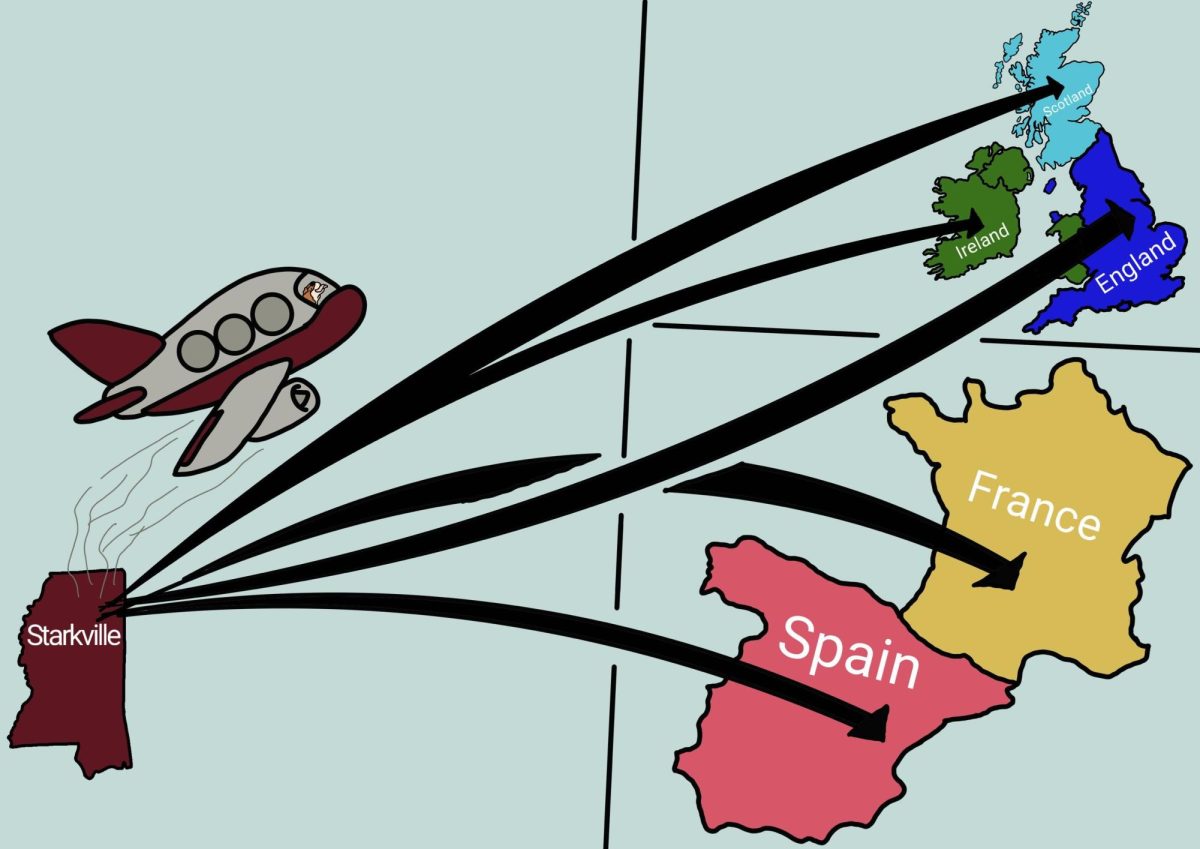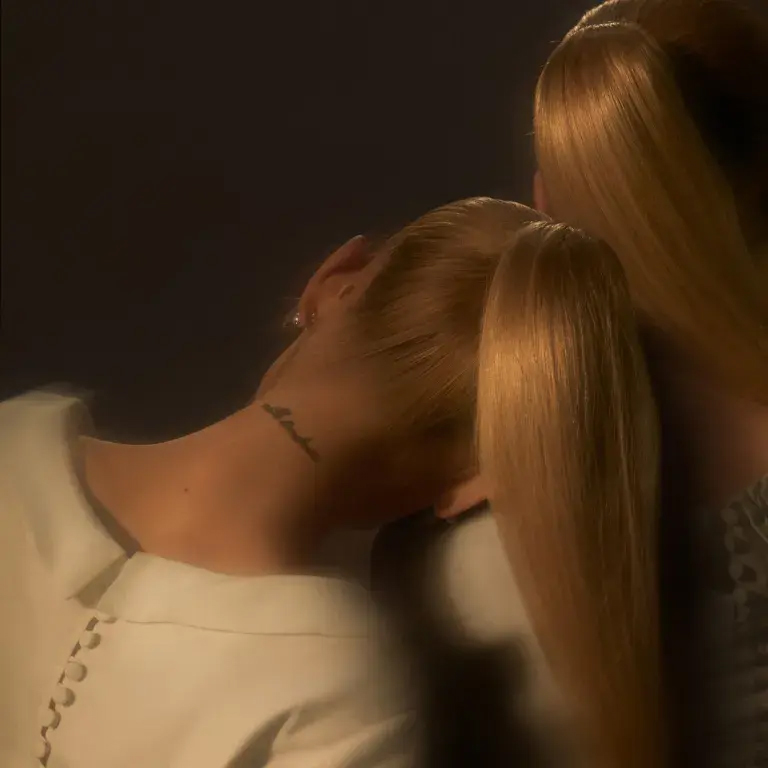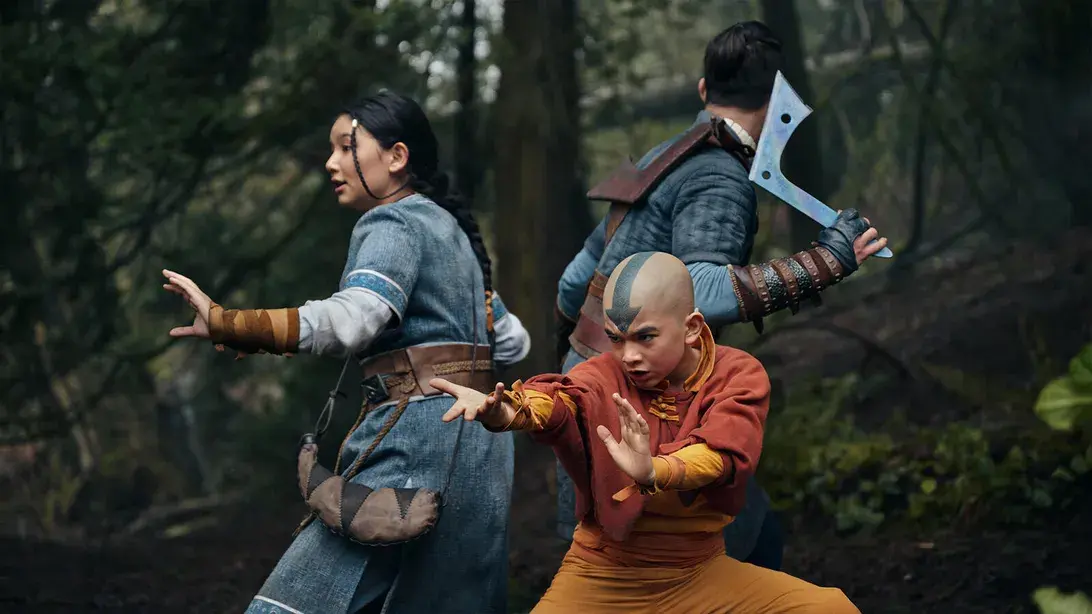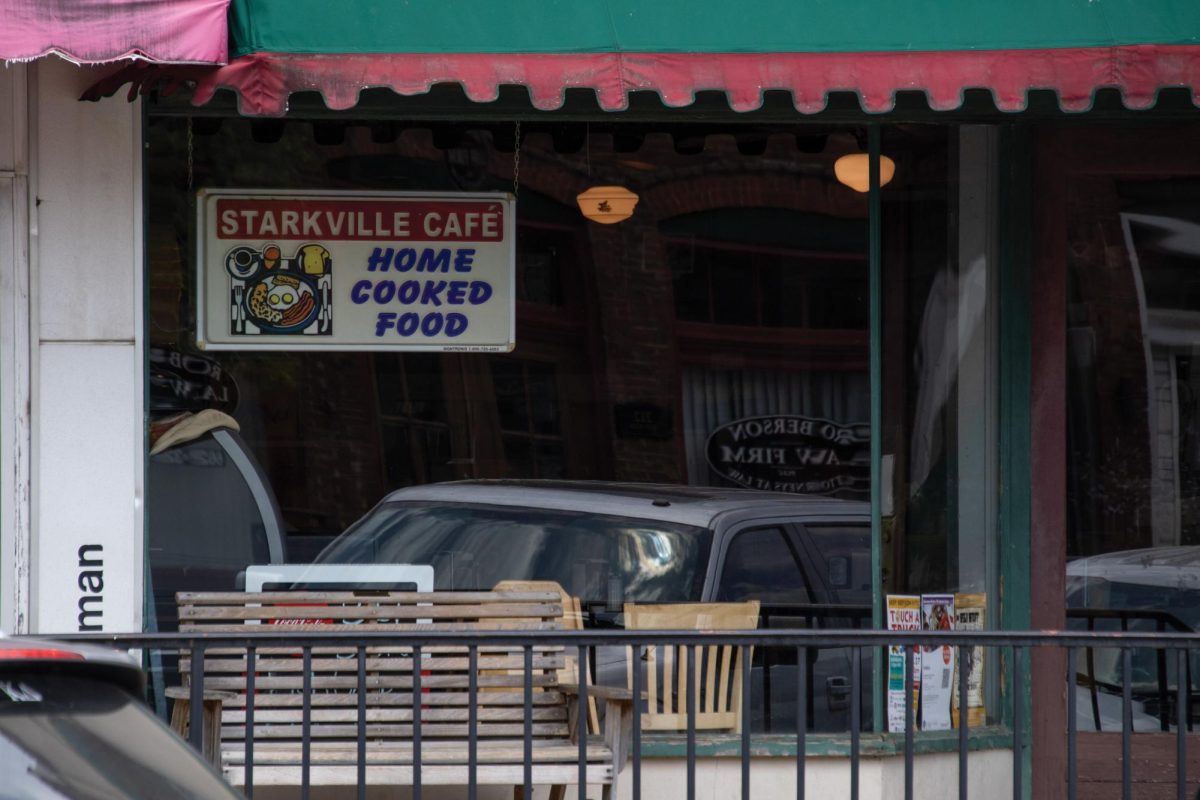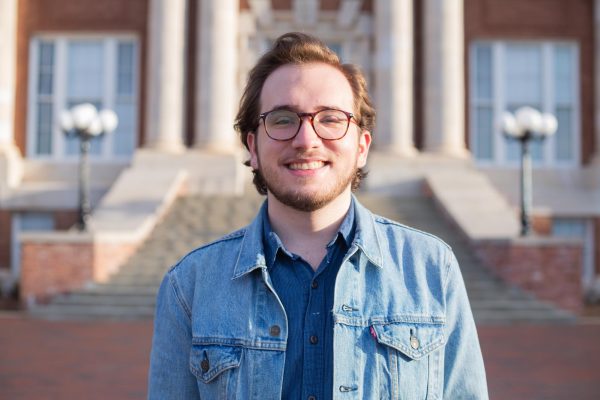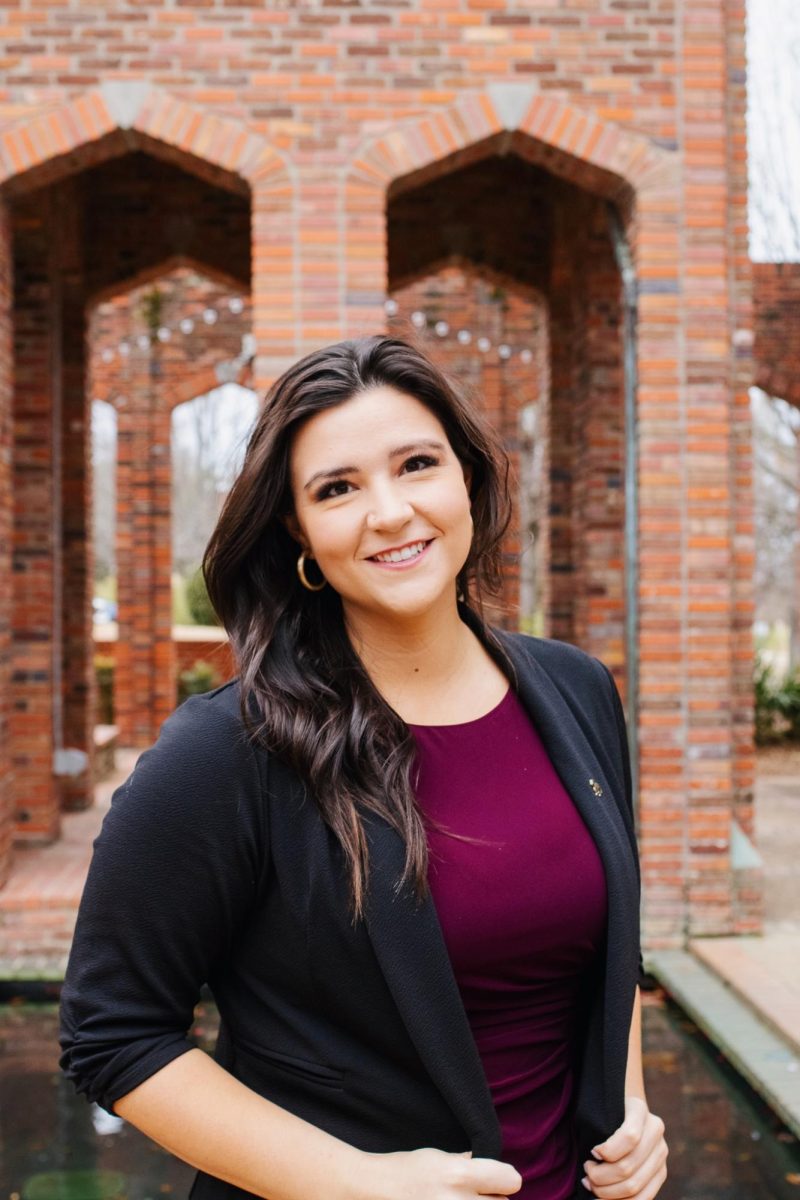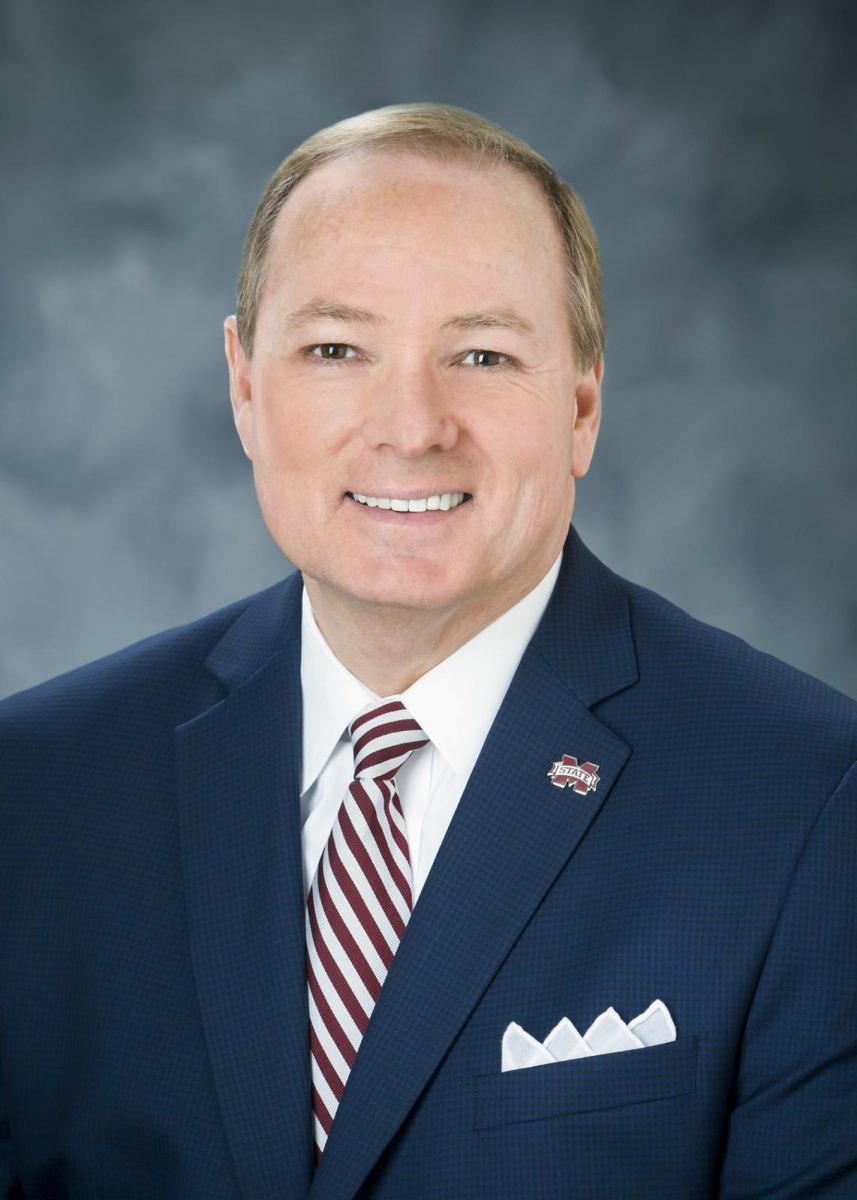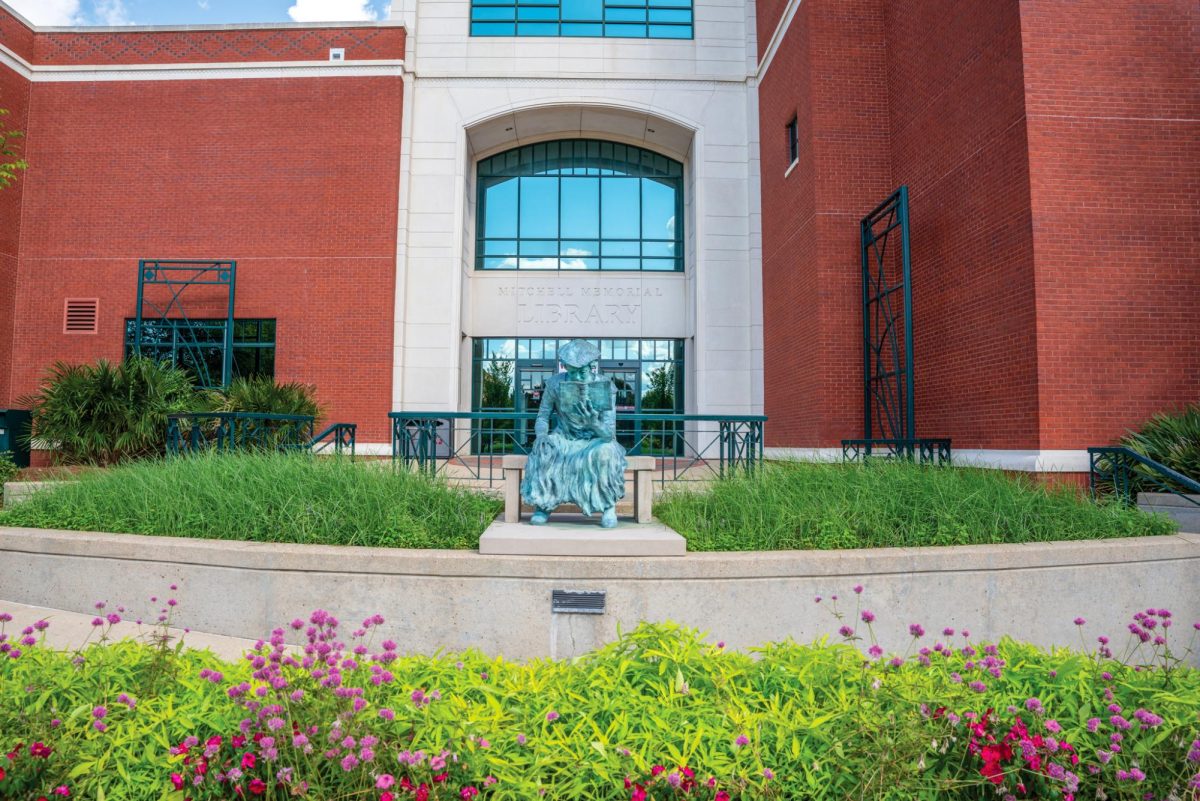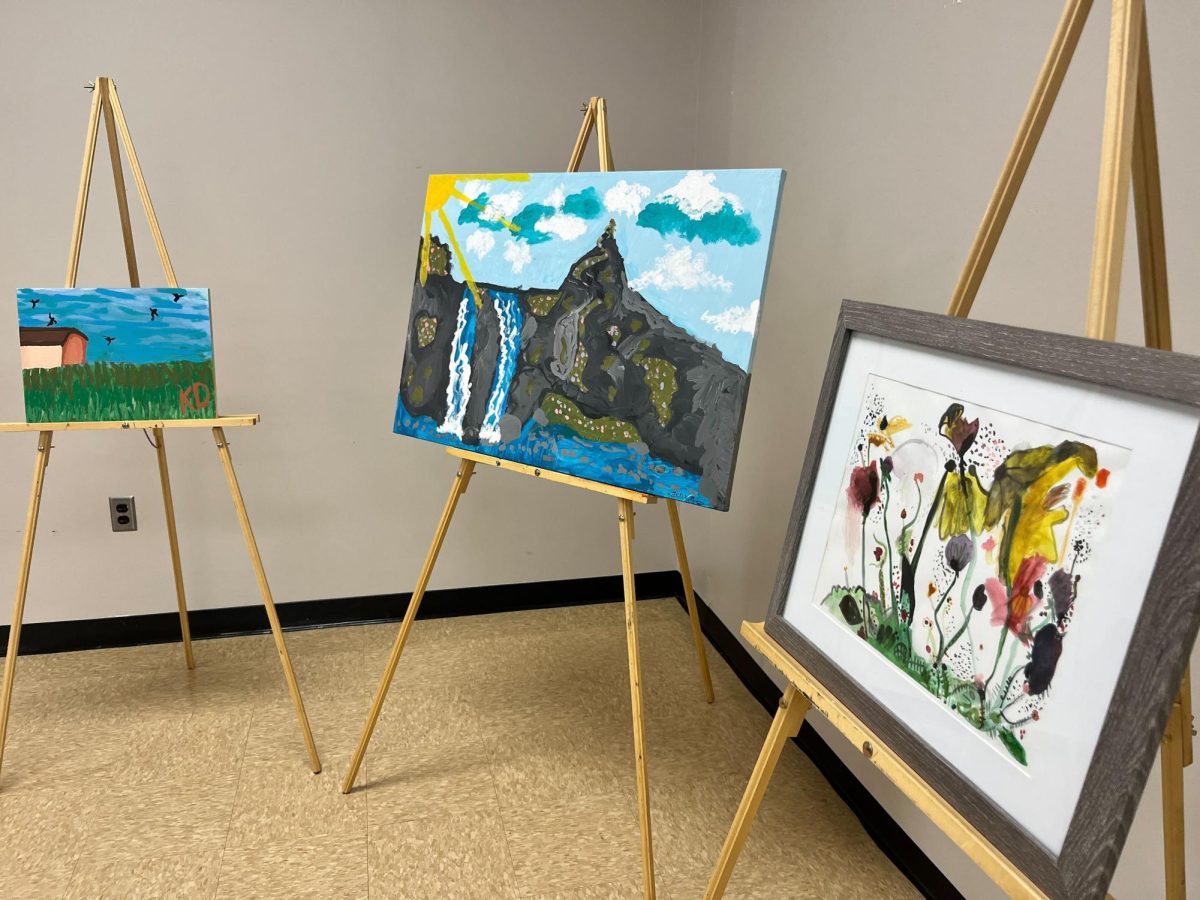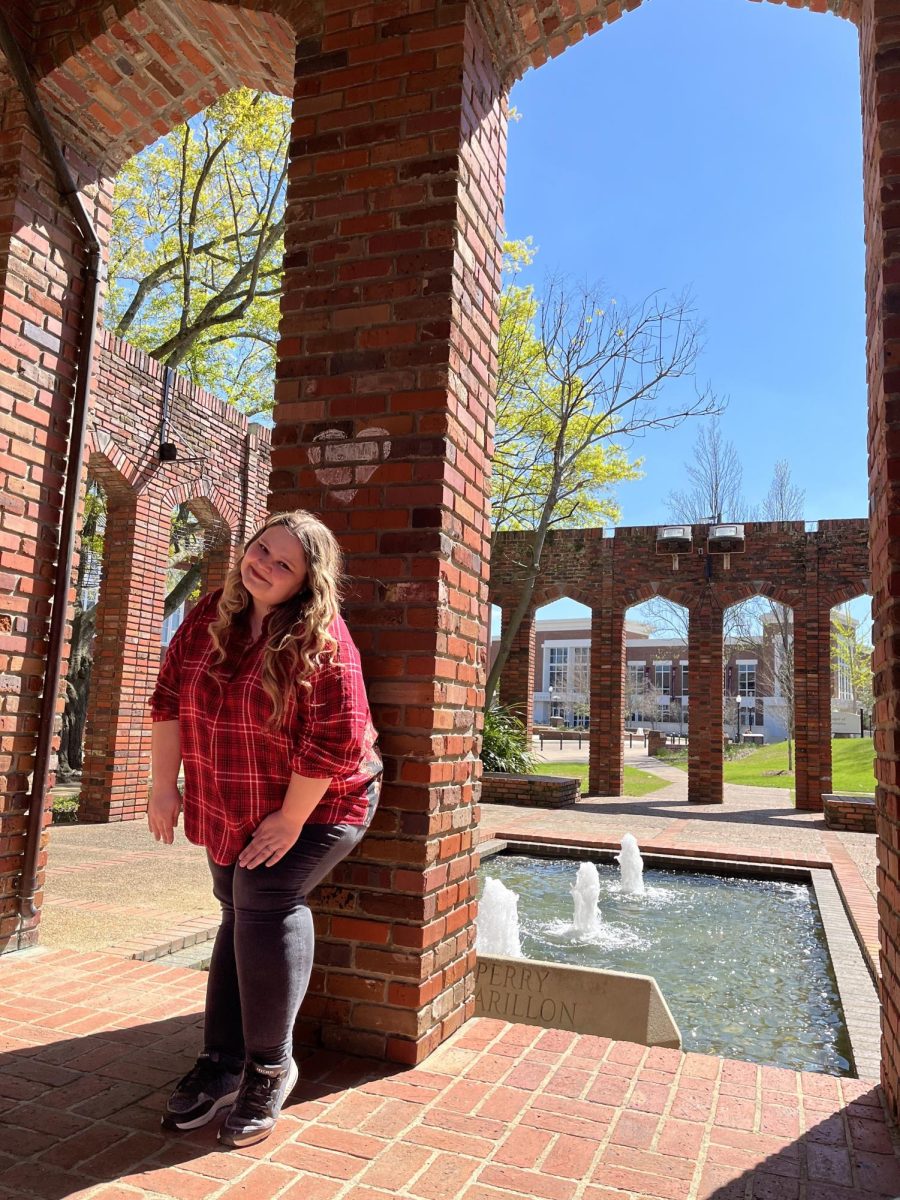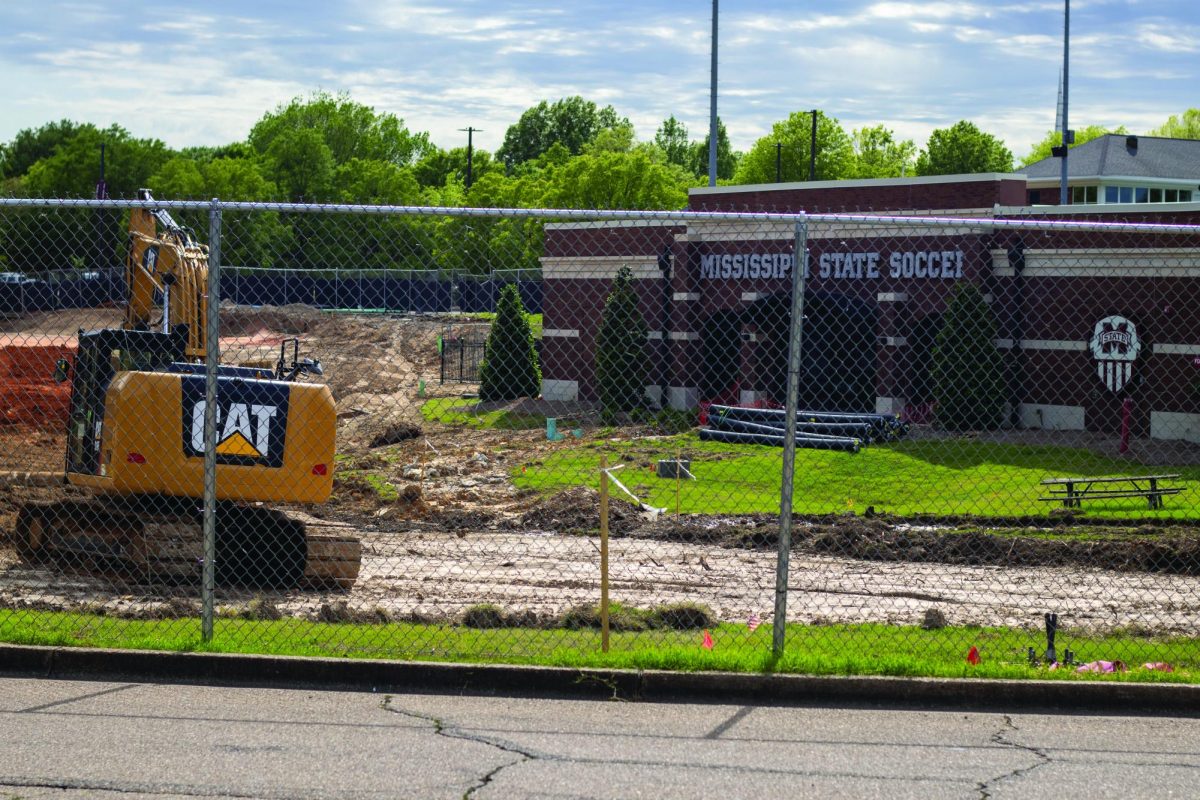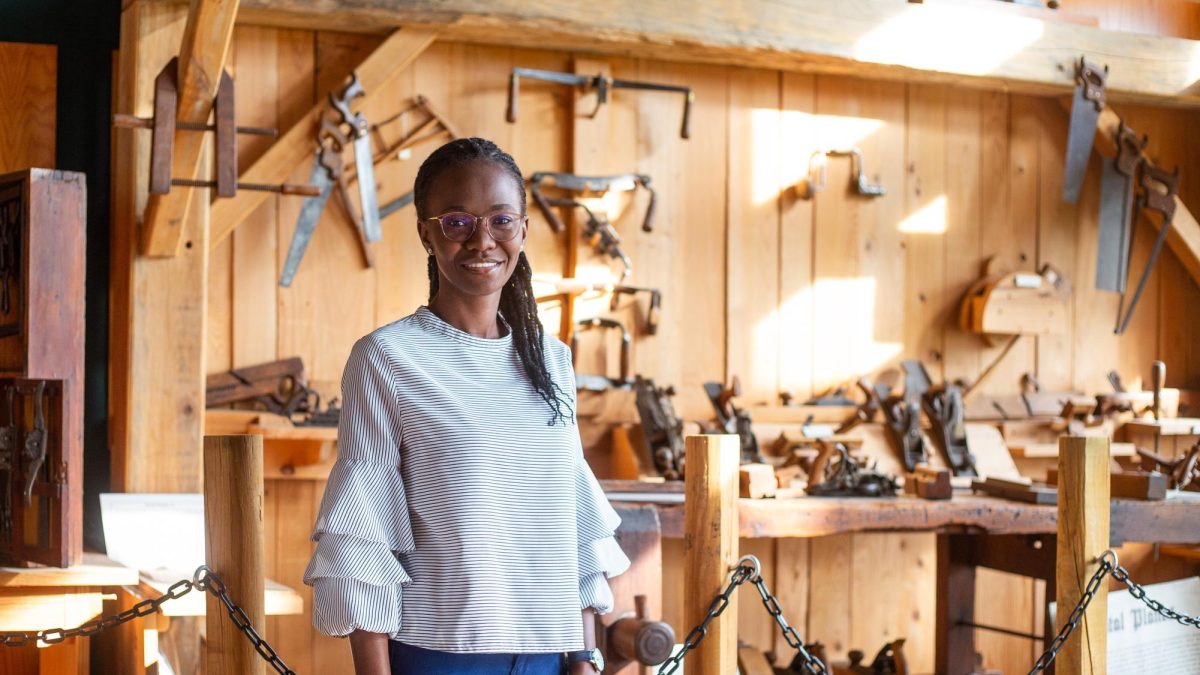A dry desert wind blew into the mouth of Bizmoune Cave on the flank of a limestone mountain in western Morocco. Last November, two students from Mississippi State University’s Cobb Institute of Archaeology, Jesse Weaver and Bailey Stephenson, appreciated the breeze as they chiseled deeper into carefully sectioned deposits on the cool cave floor.
Weaver and Stephenson are students of Shane Miller, an associate professor of archaeology at the Cobb Institute who has been involved in investigating Bizmoune Cave since 2022. Miller said the site is exceptional for its collection of ancient seashell beads.
More than 130,000 years ago, humans collected seashells and strung them to adorn their hair, bodies or clothing. A 2021 study published in Science suggested these modern humans were engaged in symbolic behavior 10,000 to 20,000 years earlier than previously known.
“Those are the oldest examples of any kind of personal adornment ever found in history,” Miller said. “So, if you want to think about the origins of symbolic thought in people – conveying symbols, abstract thought – this is one of the critical data points for looking at the origins of that.”
From the mountain’s peak, archeologists could hear the crashing waves of the Atlantic seven miles away. Chatter of English and Arabic resounded off the cave walls. A local shepherd, hired by the archaeologists from Morocco’s National Institute of Archaeology and Heritage (INSAP) leading the dig, had just finished brewing some tea. His silver kettle shined in contrast with the sandy cave floor. He chipped off a large shard of sugar into the piping brew. Its sharp sweetness, combined with an offer of pita bread, still warm from its morning bake, revitalized Weaver and Stephenson.
“You’re taking a hammer and chisel and knocking out little bits at a time, so it’s extremely careful and extremely slow going, even by the standards of a lot of work done in the United States with Archaic and Paleoindian sites,” Weaver said. “Those are old sites for us, and we excavate them very carefully, but this is an order of magnitude greater in terms of age and caretaking of the site.”

The exciting finds inside Bizmoune Cave have led Abdeljalil Bouzouggar from INSAP and Steven Kuhn from the University of Arizona to collaborate on new investigations into the cave’s surrounding scrubland. Miller and his students were invited to aid in these new surveys for three weeks, hoping to learn more about what people were doing around the cave over the last 130,000 years.
“We and two or three Moroccan graduate students and local kids hiked around and found more archaeological sites and filled in the map about what people were doing in the broader landscape,” Miller said. “There were probably these ancient ponds that were in that valley, and they were probably hanging out at areas around these ponds. We found stuff from probably the 130,000-year-old stuff all the way up through the modern stuff.”
They found fragments of stone tools from many periods including the Late Stone Age, when humans began to adopt agriculture. They also found evidence of early iron mining as well as pottery shards from a time concurrent with the dominance of Rome. Graduate students from INSAP provided expertise in identifying artifacts on the landscape. Weaver, a second-year master’s student from Memphis, Tennessee, was particularly interested in INSAP’s use of geographic information systems — the use of satellite data and visual models — to identify where, why and how early people lived on the landscape.
“Working with scholars outside of the U.S. is the most valuable experience. It’s extremely important not to get pigeonholed, especially when you’re working with something that can be as narrow but also as broad as archaeology,” Weaver said. “Ultimately, you’re trying to understand human beings, so it’s important to keep that holistic perspective.”
Arabic, French, Spanish, English and Berber were spoken across the research group’s dinner table. Weekend excursions to the Moroccan cities of Essaouira and Marrakesh broadened the cross-cultural experience for Weaver and Stephenson.
Night fell on Marrakesh, Morocco as they crossed through wild traffic to the city’s medina, a densely packed, walled medieval city where labyrinthine alleyways of marketplaces sell traditional foods, textiles, pottery and jewelry. A plaza opened before them, smoke and music rising above a sea of people milling around stalls and tents.
“When you first get there, you’re a little on edge because, in the West, we are only exposed to certain bad elements of that culture. But you go there and realize: everyone here is in a great mood – and they do this every night,” said Stephenson, a senior from Eupora, Mississippi with a research interest in Mediterranean archeology.
Miller aims to bring more students to Bizmoune Cave in November to provide students with further exchange of expertise and to strengthen the Cobb Institute’s ties with INSAP. In 2017, research suggested the oldest remains of homo sapiens were found some 100 kilometers west of Marrakesh, theoretically pushing the origin of our species back by more than 100,000 years and bringing the region into intense academic focus.
“Traditionally, South Africa and Eastern Africa and its Olduvai Gorge have been the hotspots of early hominid paleoarchaeology, but Morocco is really opening up to be a new sort of territory, and there’s a lot to be done,” Weaver said. “Having the opportunity to come in and work under these Moroccan archaeologists and be the eyes and hands is important for the obvious reasons – understanding human origins and our past selves – and also, you get the incredible chance to open yourself up and your cultural horizons to incredible people, an incredible place and scholarship that is outside our wheelhouse in the United States.”














